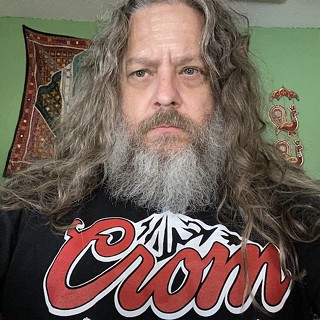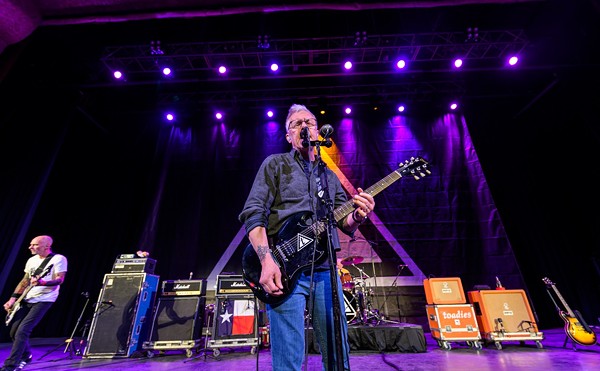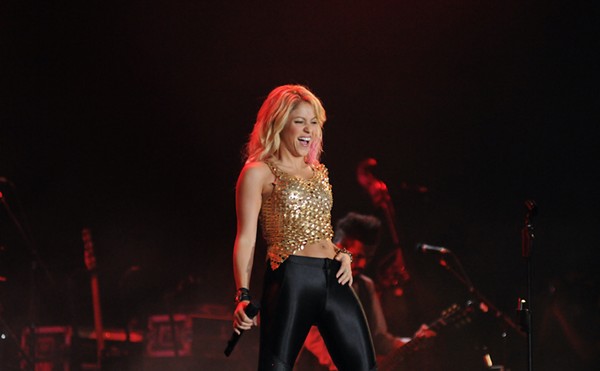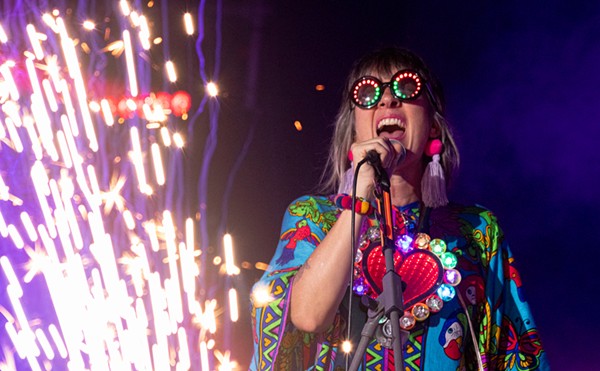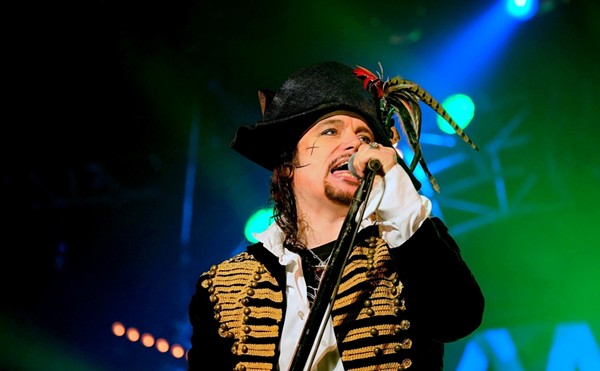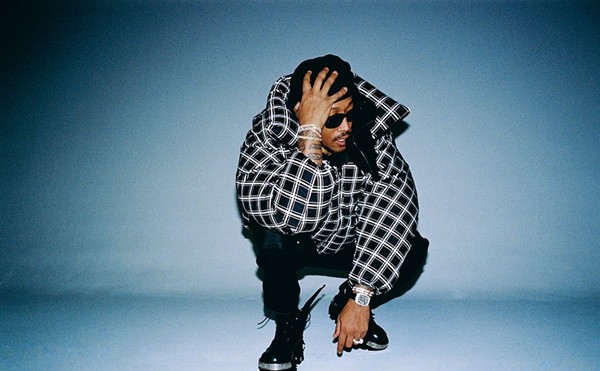
But did you know that era's now the subject of academic study?
Turns out Penn State prof Gregory Peek is conducting extensive research on S.A.'s hard rock history, including interviews with many of the city's prominent scenesters.
Even cooler, Peek will be in town Sunday presiding over a panel discussion on that musical epoch at the Institute of Texan Cultures. Joining him will be Stone City Attractions promoter Jack Orbin, studio owner Donnie Meals and KMAC/KISS DJs Lou Roney, Tom "T-Bone" Scheppke and Brian Kendall.
We spent a few minutes chatting with Peek, who shared his thoughts on the thriving scene cultivated by KMAC/KISS and Stone City and sustained by countless local headbangers. (Some answers have been edited for length.)
It's easy to understand why San Antonio's metal scene has a place in people's hearts, but why's it something worthy of academic study?
On one level, it's a local history. There's a certain point of view in academia that's there's a value in examining what
I also think there are questions of identity here. What is the makeup of San Antonio demographically and socioeconomically, and what is the makeup of the metal-listening or hard rock-listening community of San Antonio? What's the overlap? There has been some academic work on heavy metal in the upper Midwest, like Detroit, Cleveland and St. Louis, but nobody has tried to do that in a city that has a very large Mexican-American community. I'm interested to see how or if that Mexican-American community sort of complicates what had been the general characterizations of who metalheads are.
San Antonio
Certainly, KMAC/KISS and promoters like Stone City Attractions helped raise awareness of metal here, but why do you think San Antonio audiences gave it such an eager reception?
That's one of the questions I'm asking people in my research. It's difficult to say definitively, but from the interviews I've done and the things I've read, there are a couple things going on. Part of it is rooted in the working class identity of San Antonio. It's a city that by many measures is poorer and less educated and doesn't have the same institutional investments in
I also think some of it is also generational. Some of the people I've spoken with, especially from the Mexican-American community, said that heavy metal wasn't their parents' music — it wasn't Spanish-language music — so, to some extent, there was a process of assimilation going on in being attracted to this music. But it also wasn't the Top 40 that the preppy white kids would be listening to at the time. It was more aggressive, it was more confrontational. It was something that not only differentiated them from their parents but also their peer group within
What was your biggest surprise when you started collecting these stories?
One was the unlikely cast of characters that all came together to foster this scene — Lou Roney, Joe Anthony, Jack Orbin, Tom “T-Bone” Scheppke. It didn't seem like there was any kind of strategy or master plan. It was really about the music and how things started to come together organically. In a sense, it was like an accident, an uncovering of something that was there and ready to spring forth. It just needed to be nurtured.
Another thing that maybe wasn't so much a surprise as a disappointment was how this scene that started as something so organic was co-opted and watered down by the intrusion of mass marketing and corporate governance, whether it be through radio or concert promotion.
You grew up in San Antonio. Do you have memories of hearing this music, and are there bands embraced by this scene — especially some lesser-known ones — that you enjoy?
My parents didn't have much interest in hard rock or the bands San Antonio made famous, but, for some reason, I had these memories of being in the car as a youth and hearing the chorus
As far as bands that I discovered through this research, I like Legs Diamond. I mean, I feel like Legs Diamond came a little later in the scene for San Antonio, but they had a solid discography and they feel like a pretty quintessential San Antonio band, even if they weren't technically from here.
$8-10, Sun Oct. 21, 1-3pm, UTSA Institute of Texan Cultures, 801 E. César Chávez Blvd., 210-458-2300, texancultures.com.


